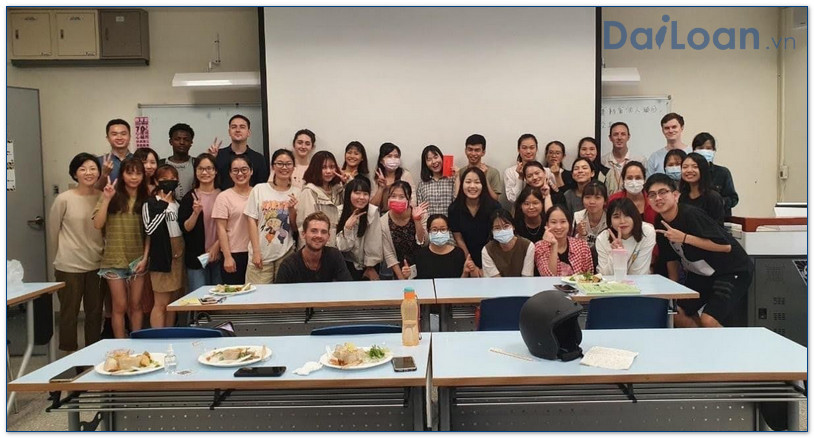Introduction to 太陽穴
In the rich tapestry of the Chinese language, every term carries layers of meaning and cultural significance. One such term is 太陽穴 (tài yáng xuè), which translates to “temple” in English, specifically referring to the anatomical area on either side of the forehead. This article will delve into the meaning, grammatical structure, and usage of 太陽穴 in everyday sentences.
Meaning of 太陽穴 (tài yáng xuè)
The term 太陽穴 consists of three characters: 太 (tài), 陽 (yáng), and 穴 (xuè). Each character contributes to the overall meaning:
- 太 (tài) – means “great” or “excessive.” It is often used to intensify the meaning of the word it precedes.
- 陽 (yáng) – means “sun” or “masculine” in the context of yin-yang philosophy. Here it contributes to the idea of brightness or vitality.
- 穴 (xuè) – translates to “cave,” “hole,” or “opening,” often referring to an anatomical feature.
In essence, 太陽穴 literally suggests “the sun’s cave” or a ‘bright opening,’ which is a fitting metaphor for the area’s association with life and energy, as it is located on the face and is significant in acupuncture and holistic healing practices.
Grammatical Structure of 太陽穴
The grammatical structure of 太陽穴 is quite straightforward. It is a noun and can function as the subject or object in a sentence. Here’s how it breaks down:
1. Composition
As previously mentioned, 太陽穴 is a compound noun formed by combining three individual characters. In Mandarin, such compounds are common and allow for more precise expressions.
2. Usage in Sentences
When using 太陽穴 in sentences, it typically follows standard Chinese sentence structures. For instance, it can be the subject of a sentence:
- 太陽穴很敏感。(tài yáng xuè hěn mǐn gǎn.) – “The temples are very sensitive.”
It can also serve as an object:
- 我用手指轻轻按压太陽穴。(wǒ yòng shǒu zhǐ qīng qīng àn yā tài yáng xuè.) – “I gently press on my temples with my fingers.”
Example Sentences Using 太陽穴
To illustrate the usage of 太陽穴 further, here are more example sentences:
1. Describing Sensitivity
太陽穴附近有些疼痛。(tài yáng xuè fù jìn yǒu xiē téng tòng.) – “There is some pain near the temples.”
2. Discussing Health Practices
我常常按摩我的太陽穴以放松。(wǒ cháng cháng àn mō wǒ de tài yáng xuè yǐ fàng sōng.) – “I often massage my temples to relax.” 
3. Referring to Symptoms
她的头痛集中在太陽穴。(tā de tóu tòng jí zhōng zài tài yáng xuè.) – “Her headache is concentrated around the temples.”
Conclusion
Understanding the term 太陽穴 (tài yáng xuè) offers valuable insight into both the language and cultural nuances of Chinese. Its grammatical structure and varied usage highlight the richness of Mandarin, making it an essential term for learners and speakers alike. By exploring such terms, we not only enhance our vocabulary but also deepen our appreciation for the intricate relationship between language and culture.
Additional Resources
For those interested in expanding their understanding of Chinese vocabulary and anatomy-related terms, consider exploring language learning platforms, Chinese-English dictionaries, or engaging with native speakers to practice usage in context.

Sứ mệnh của Chuyên là giúp đỡ và truyền cảm hứng cho các bạn trẻ Việt Nam sang Đài Loan học tập, sinh sống và làm việc. Là cầu nối để lan tỏa giá trị tinh hoa nguồn nhân lực Việt Nam đến với Đài Loan và trên toàn cầu.
CÓ THỂ BẠN QUAN TÂM
Du học Đài Loan
Lao Động Đài Loan
Việc Làm Đài Loan
Đơn Hàng Đài Loan
Visa Đài Loan
Du Lịch Đài Loan
Tiếng Đài Loan
KẾT NỐI VỚI CHUYÊN
Zalo: https://zalo.me/0936126566
Website: www.dailoan.vn




